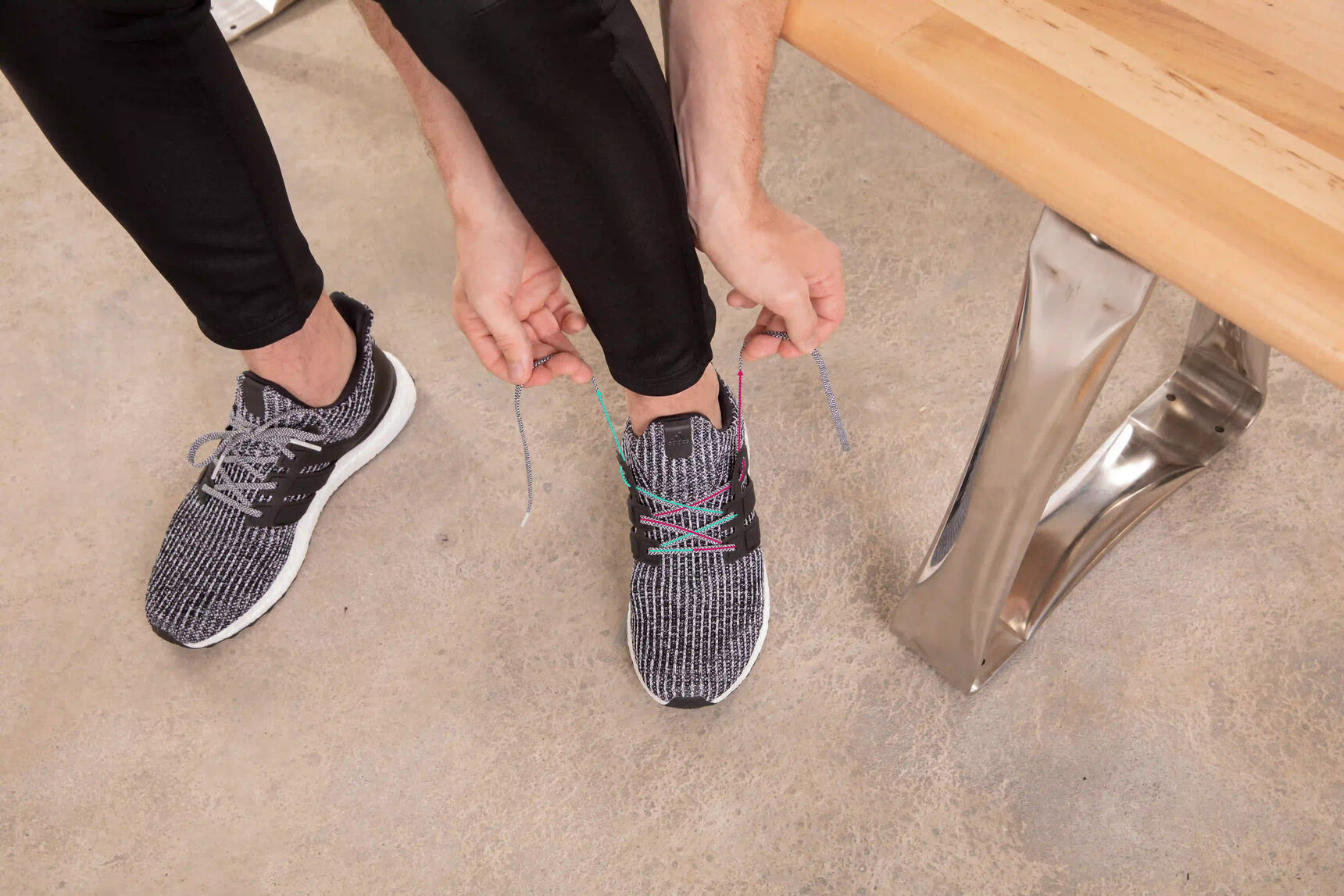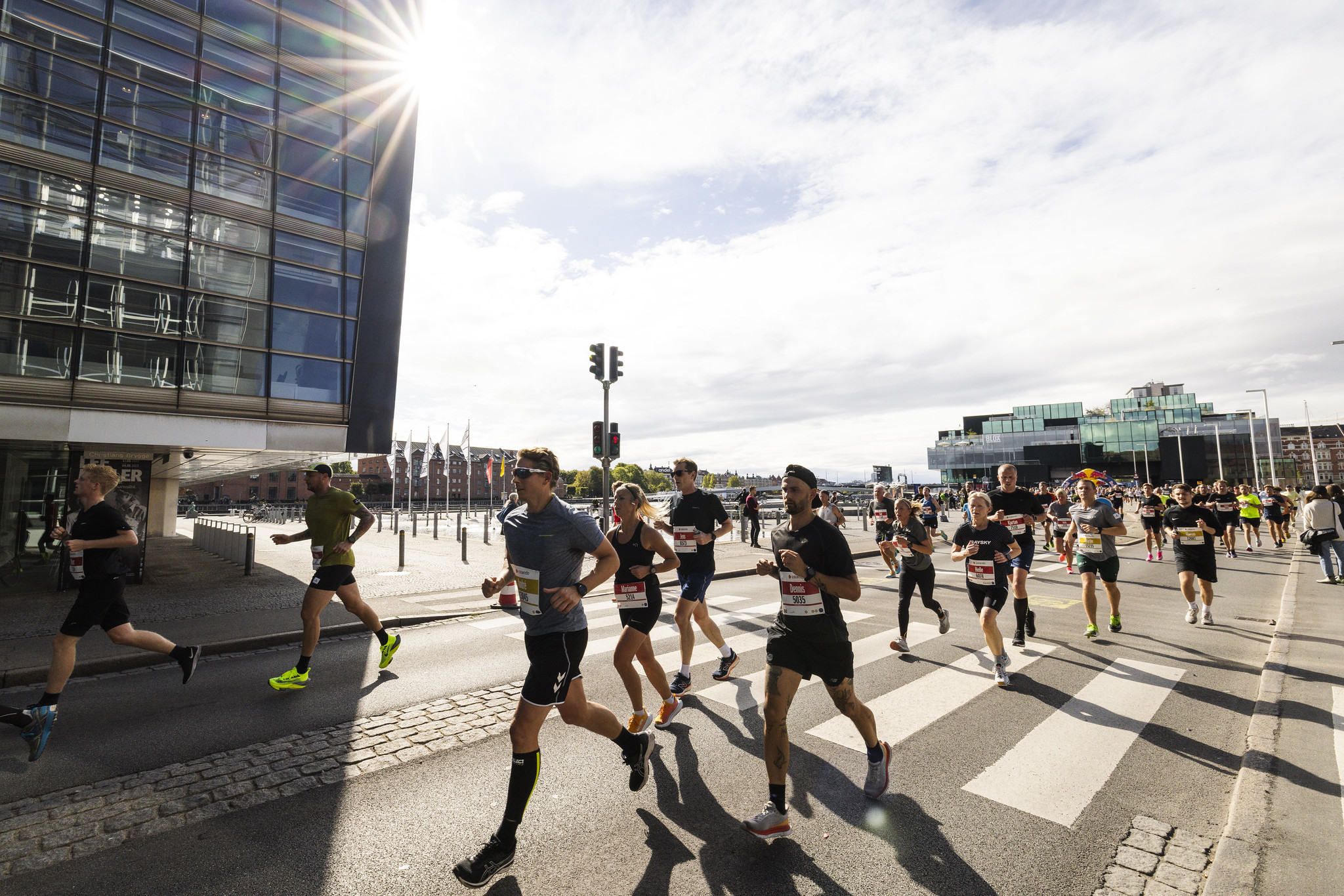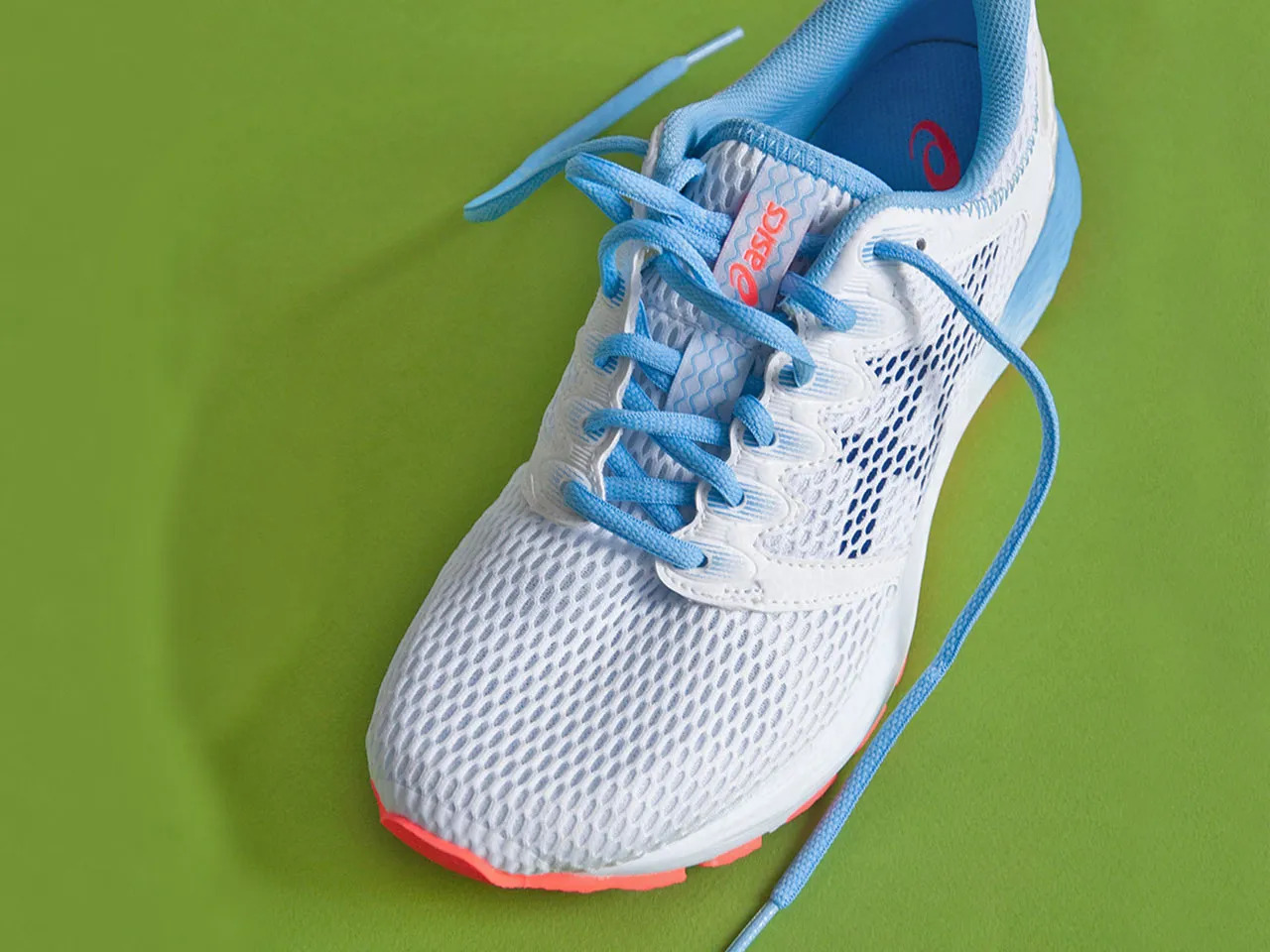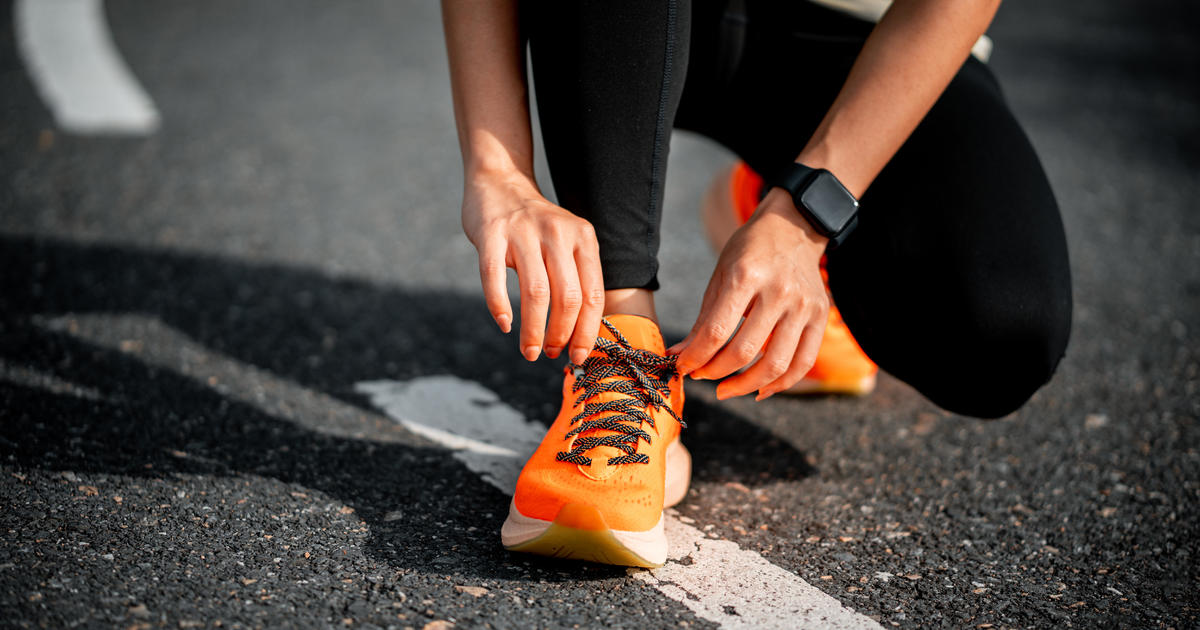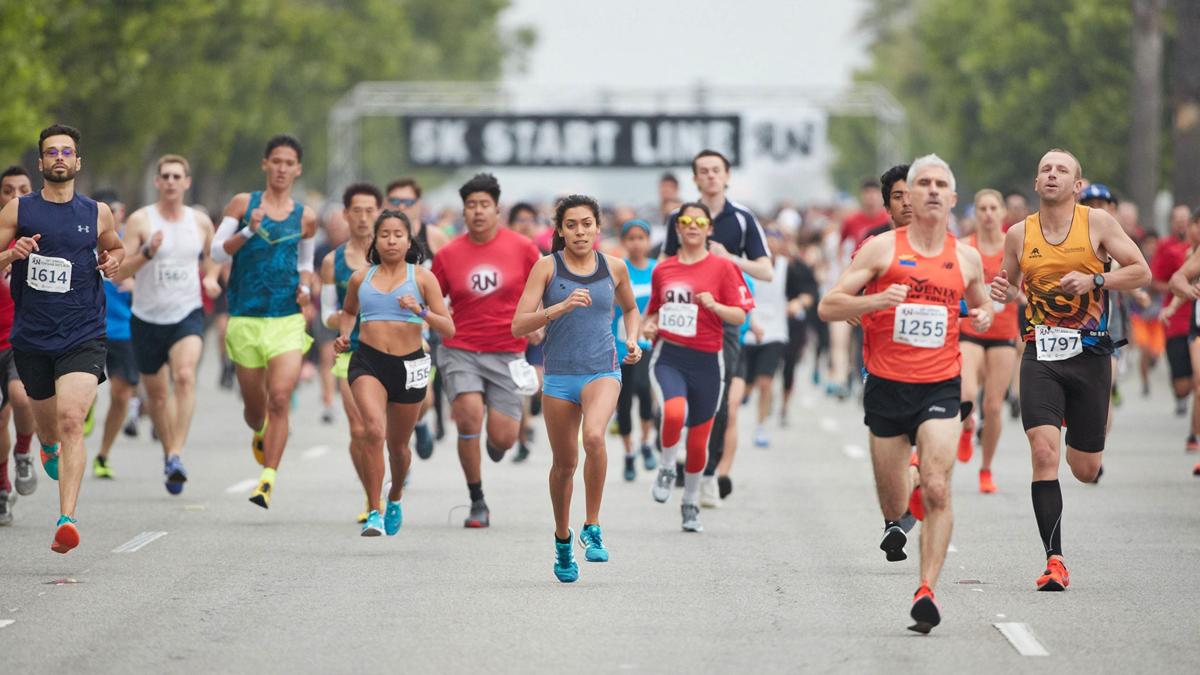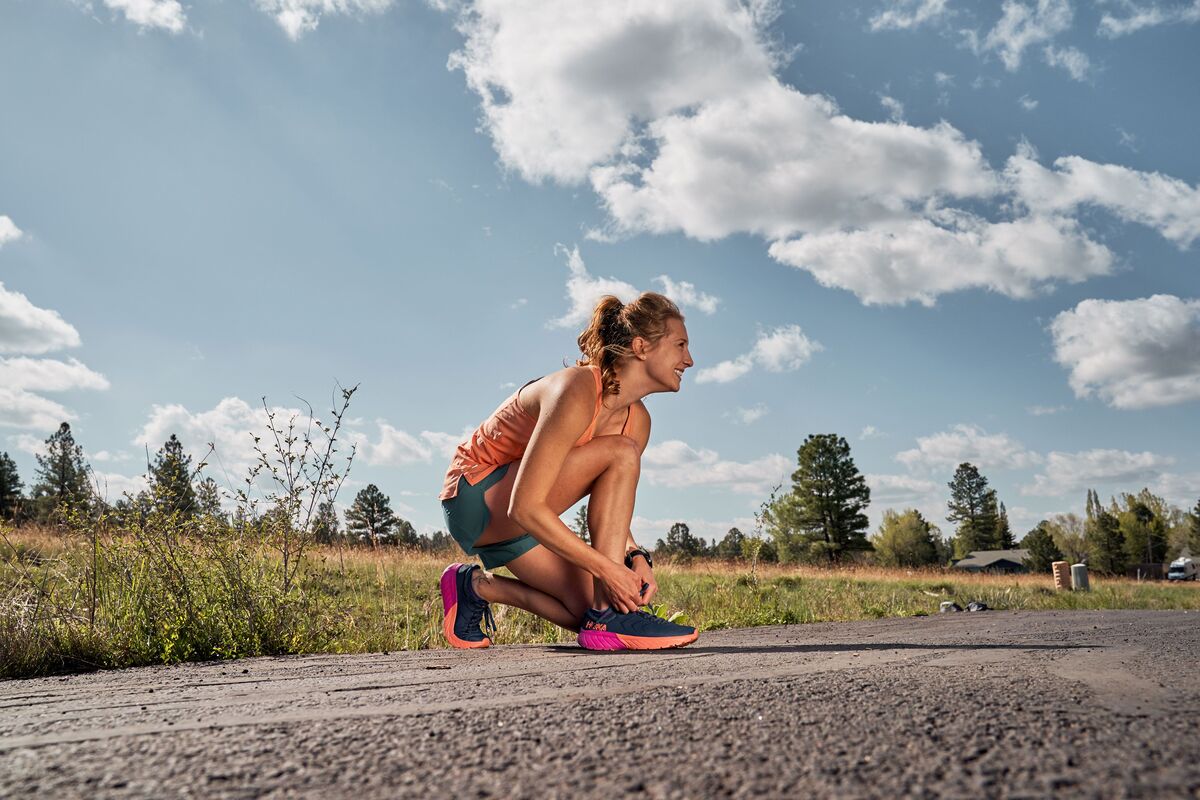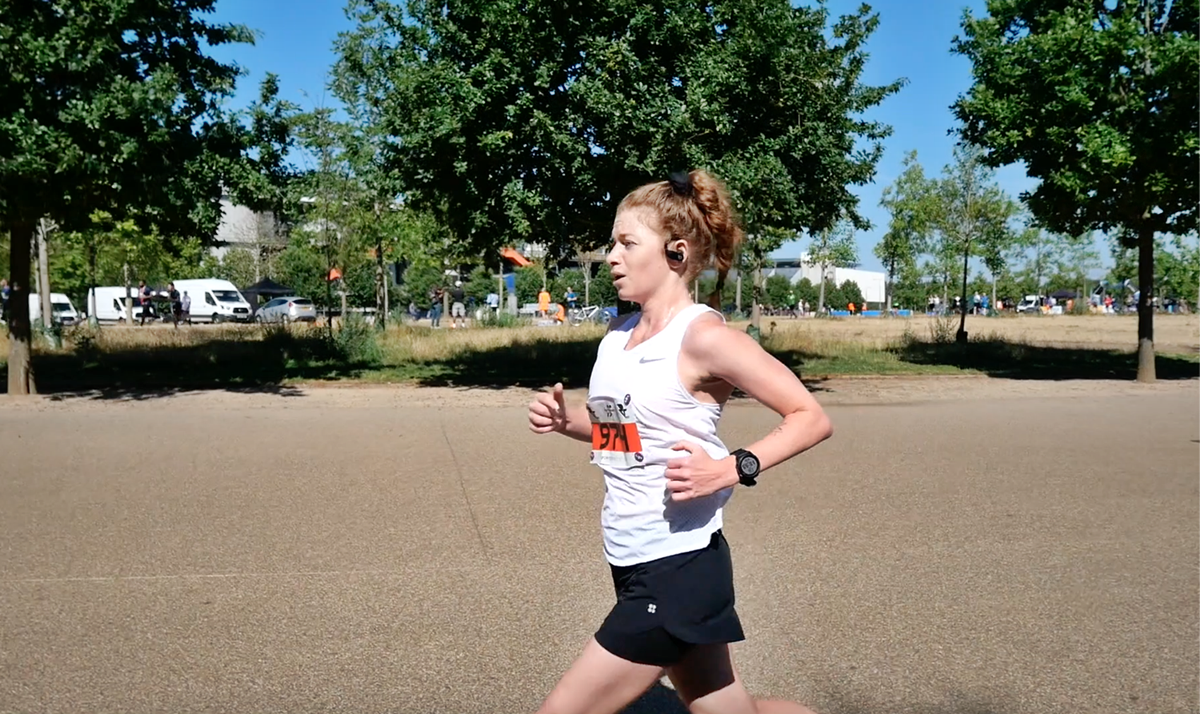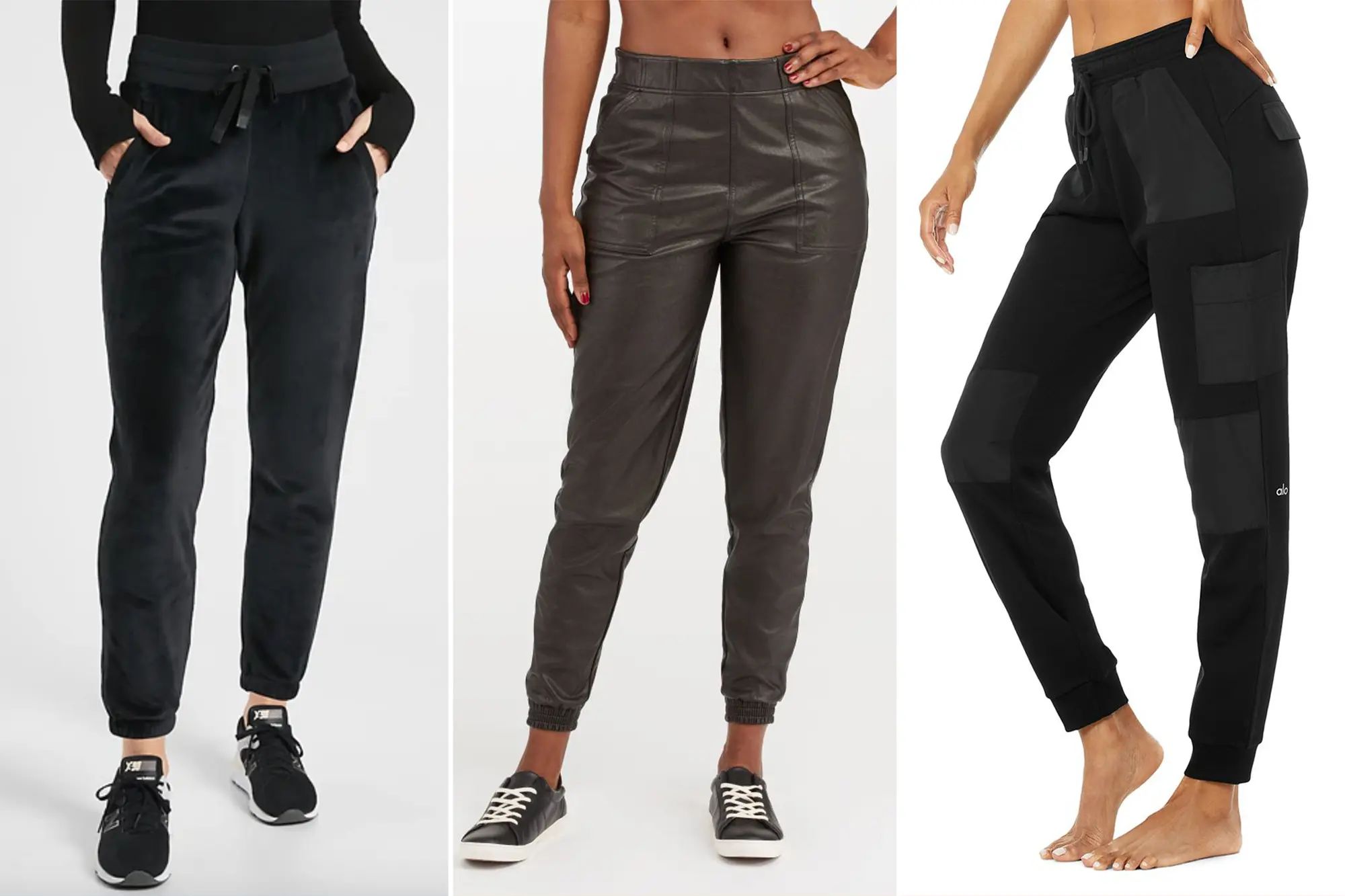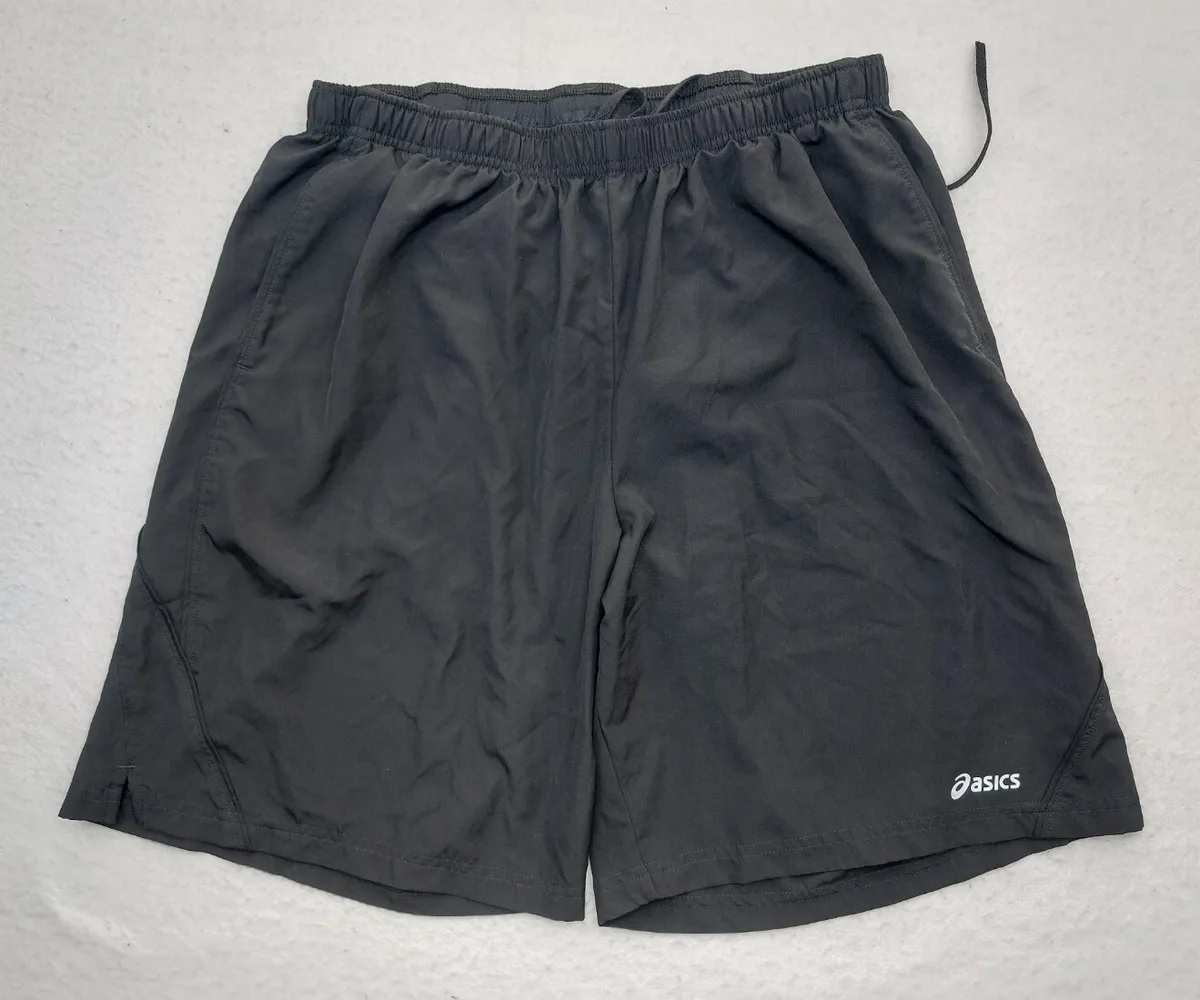Home>Misc>Featured>How Tight Should You Tie Your Running Shoes
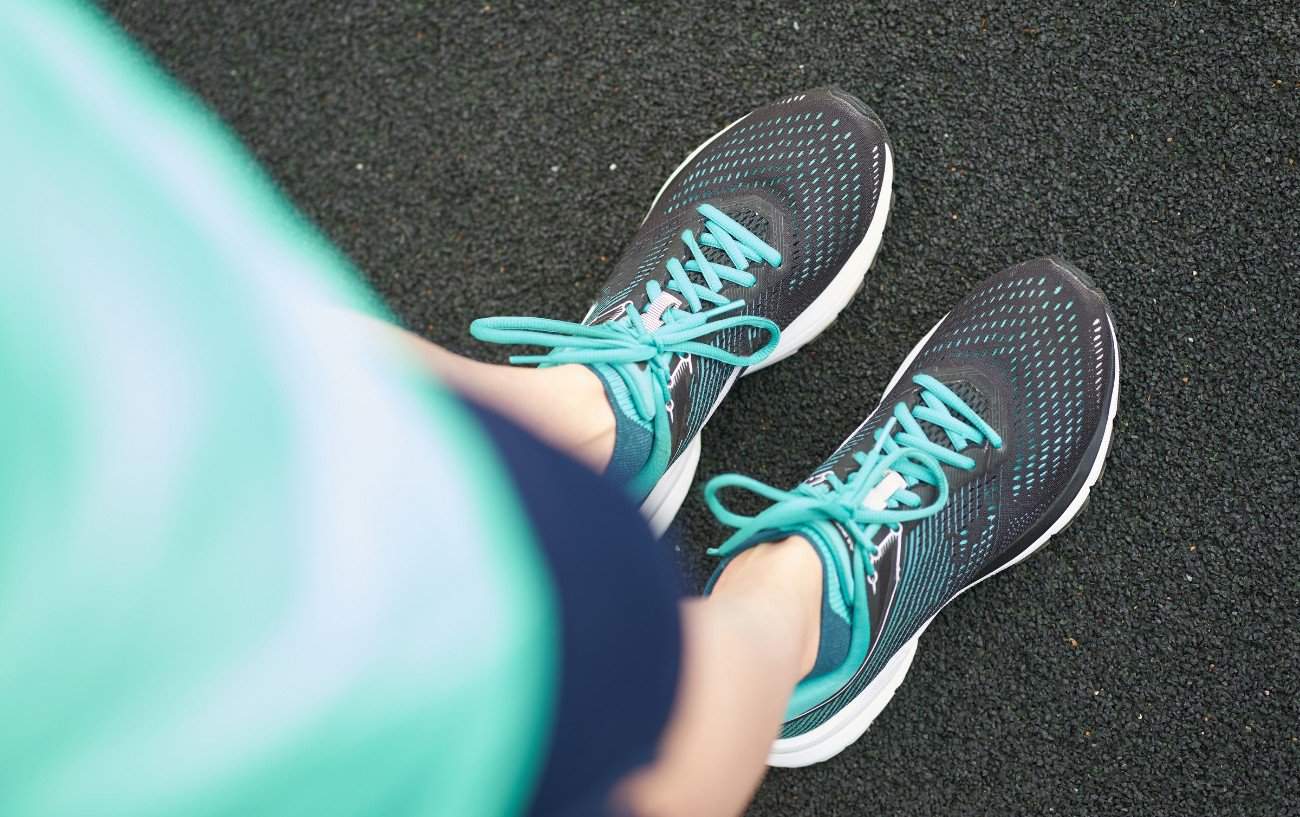

Featured
How Tight Should You Tie Your Running Shoes
Modified: January 22, 2024
Discover the perfect fit for your running shoes. Find out how tight you should tie your laces and ensure a comfortable and supportive run. Featured tips for runners.
Introduction
Choosing the right fit for your running shoes is essential for both comfort and performance. While many factors come into play when selecting the perfect pair, one often overlooked aspect is how tight you should tie your running shoes.
The tightness level of your running shoes can significantly impact your running experience. A shoe that is too loose can lead to discomfort, blisters, and even injury, while shoes that are too tight can restrict circulation and cause foot pain.
In this article, we will explore the factors to consider when determining the optimal level of tightness for your running shoes. We will also discuss the effects of both loose and overly tight shoes, and provide tips on adjusting lacing techniques for different foot types. Understanding the importance of proper shoe fit is crucial for not only enhancing your running performance but also preventing potential injuries that can arise from ill-fitting shoes.
So, let’s dive into the world of shoe fit and discover how to achieve the perfect balance of tightness in your running shoes.
Factors to Consider for the Right Fit
When determining the right tightness for your running shoes, there are several factors to take into consideration:
- Anatomy of Your Feet: Every individual has unique feet with different shapes and sizes. Some have narrow feet, while others have wider or higher arches. Understanding your foot anatomy is essential in finding the perfect fit.
- Foot Movement: Consider how your feet move when you run. If you have excessive pronation (inward rolling of the foot), you may need more support and a snugger fit. Conversely, those with supination (outward rolling) may benefit from a looser fit.
- Activity Level: The intensity and duration of your running sessions can impact the tightness level. Longer distances and higher speeds may require a tighter fit to prevent excessive foot movement and maintain stability.
- Sock Thickness: The type and thickness of socks you wear can affect the fit of your shoes. Be mindful of the sock you plan to wear when trying on shoes to ensure the right amount of space.
- Personal Preference: Ultimately, what feels comfortable and supportive to you is crucial. Some runners may prefer a snugger fit for a responsive feel, while others may prefer a slightly looser fit for added comfort.
Considering these factors and understanding your specific needs will help you make an informed decision when it comes to the tightness level of your running shoes. Remember, it’s all about finding the perfect balance to support your feet and optimize your running experience.
Finding the Optimal Tightness Level
Finding the perfect tightness level for your running shoes may require some trial and error. Here are some steps you can take to determine the optimal fit:
- Start with a Snug Fit: Begin by lacing up your shoes with a snug fit that holds your foot securely but doesn’t restrict movement or cause discomfort. Make sure there is enough room for your toes to wiggle.
- Walk and Jog: Walk and jog around to assess how the shoes feel. Pay attention to any areas of pressure or discomfort. Your foot should feel stable and supported.
- Assess the Security: Check the secure fit of the shoe by lightly tugging on the heel. The shoe should stay in place without excessive movement.
- Consider Midfoot Lacing: If you experience heel slippage, try using the midfoot lacing technique. This involves skipping a few eyelets in the middle of the shoe and crossing the laces over the top to create a more secure fit around the midfoot.
- Adjust as Needed: If the shoes feel too loose or too tight, make adjustments by loosening or tightening the laces gradually. Pay attention to how each adjustment affects the fit.
- Seek Expert Guidance: If you’re unsure about the optimal tightness or have specific foot conditions, consider consulting with a professional running shoe specialist. They can provide valuable insights and recommendations based on your unique needs.
Remember, finding the optimal tightness level for your running shoes is a personal process. Take the time to experiment and listen to your body to achieve the perfect fit that enhances your performance and keeps your feet comfortable throughout your runs.
Effects of Loose Shoes
Wearing running shoes that are too loose can have several negative effects on your running experience and foot health. Here are some potential consequences of wearing loose shoes:
- Lack of Stability: Loose shoes may cause instability and reduce your ability to maintain proper running form. This can lead to an increased risk of tripping, falling, or twisting your ankle.
- Blisters and Friction: When shoes are not securely fastened, your feet may slide and rub against the shoe’s material, causing friction and leading to painful blisters.
- Inefficient Stride: Loose shoes can affect the efficiency of your stride by allowing excessive foot movement within the shoe. This can result in wasted energy and decreased running performance.
- Lack of Support: Shoes that are too loose fail to provide adequate support to your feet, leading to potential arch pain, plantar fasciitis, or other foot-related injuries.
- Loss of Control: Loose shoes can impair your ability to control your foot movements, especially on uneven terrain or during sudden changes in direction.
It is essential to address loose shoes promptly to avoid discomfort, injuries, and hindered performance during your runs. Ensure a secure fit that holds your foot in place without being overly tight.
Now that we’ve covered the effects of loose shoes, let’s explore the consequences of wearing shoes that are too tight.
Effects of Too Tight Shoes
While it’s important for your running shoes to provide a secure fit, wearing shoes that are too tight can also have negative consequences. Here are some potential effects of wearing shoes that are overly tight:
- Restricted Blood Flow: Tight shoes can constrict blood vessels and restrict proper circulation in your feet, leading to discomfort, numbness, and even cramping.
- Foot Pain: Shoes that are excessively tight can put pressure on certain areas of the foot, causing pain and discomfort. Common issues include pinched toes, neuromas, and bunions.
- Blisters and Calluses: When shoes are too tight, they can create excessive friction against your skin, causing blisters to form. Over time, this can lead to calluses, which can be painful and require treatment.
- Impact on Toenails: Constant pressure on the toes from tight shoes can result in blackened or bruised toenails. This is commonly referred to as “runner’s toe” and can be quite painful.
- Decreased Flexibility: Tight shoes can limit the natural movement of your feet, reducing flexibility and hindering your ability to adapt to different terrains or running techniques.
It’s crucial to find the right balance between a secure fit and allowing enough room for your feet to move comfortably. If you experience any discomfort or pain from tight shoes, it’s essential to address the issue promptly to avoid further complications.
Now that we’ve discussed the effects of both loose and tight shoes, let’s explore how adjusting lacing techniques can help accommodate different foot types.
Adjusting Lacing Techniques for Different Foot Types
Not all feet are created equal, and adjusting your lacing techniques can help accommodate different foot types and achieve a more customized fit. Here are some common foot types and corresponding lacing techniques:
- High Arches: If you have high arches, you may benefit from a technique called “window lacing.” This involves skipping an eyelet or two near the middle of the shoe to create more room for the arch, allowing for a more comfortable fit.
- Wide Feet: For individuals with wider feet, the “parallel lacing” technique can be useful. It involves lacing the shoes in a parallel pattern, allowing for more space in the area of the foot that requires it the most.
- Narrow Heel: If you have a narrow heel but a wider forefoot, the “lace lock” technique can help secure your heel while providing ample room in the front. This involves creating a loop with the laces near the top and threading the laces through the loop, providing extra security and preventing heel slippage.
- Pronation or Supination Issues: Individuals with excessive pronation or supination can benefit from the “heel lock” technique. This involves lacing the shoes normally but creating a loop with the laces at the top eyelets and crossing the laces through the loop before tying them. This technique provides added stability and support to help correct foot movements.
It’s important to note that these lacing techniques are not a one-size-fits-all solution. Experiment with different techniques, and adjust them based on your comfort and fit preferences. Remember to pay attention to any pressure points or discomfort and make changes accordingly.
Now that we’ve covered adjusting lacing techniques let’s discuss the importance of proper shoe fit for enhancing performance and preventing injuries.
Importance of Proper Shoe Fit for Performance and Injury Prevention
Having a properly fitting pair of running shoes is crucial for both performance and injury prevention. Here’s why:
- Enhanced Comfort: Shoes that fit well provide optimal comfort during your runs. Comfortable shoes allow you to focus on your performance without being distracted by discomfort or pain.
- Improved Performance: The right fit can significantly impact your running performance. Shoes that secure your feet and provide proper support and stability help you maintain a consistent stride, optimize energy transfer, and achieve better running efficiency.
- Reduced Risk of Injury: Ill-fitting shoes can lead to a variety of foot-related injuries, such as blisters, pinched nerves, plantar fasciitis, and stress fractures. They can also contribute to knee, hip, and back pain. Proper shoe fit minimizes these risks by providing the necessary support and cushioning for your feet.
- Optimal Foot Function: A well-fitted shoe allows your feet to function naturally. It should accommodate the natural movement of your feet, providing enough room for toe splay and avoiding irritation or restriction.
- Longevity of Shoes: Wearing shoes that fit properly can help extend their lifespan. Shoes that are too tight or loose can wear out quickly due to excessive pressure or friction, leading to decreased durability and the need for more frequent replacements.
Proper shoe fit is not a one-time assessment but an ongoing consideration. As your feet change over time or if you purchase a new pair of shoes, it’s important to reassess and ensure the fit is still optimal for your needs.
To maintain the benefits of proper shoe fit, regularly check your shoes for signs of wear or deterioration and replace them when necessary. Additionally, seek guidance from a professional running shoe specialist who can provide expert advice on selecting the right shoes for your specific needs.
Now that we understand the importance of proper shoe fit, let’s conclude our discussion on finding the optimal tightness for your running shoes.
Conclusion
Choosing the right tightness level for your running shoes is essential for comfort, performance, and injury prevention. It is the delicate balance between a snug fit and allowing enough room for your feet to move naturally. By considering factors such as foot anatomy, foot movement, activity level, sock thickness, and personal preference, you can find the optimal tightness level for your running shoes.
Wearing shoes that are too loose can lead to instability, blisters, and inefficient stride, while shoes that are too tight can restrict blood flow, cause foot pain, and limit flexibility. It’s important to address any discomfort or pain caused by ill-fitting shoes and make adjustments accordingly.
Adjusting lacing techniques can also help accommodate different foot types and provide a more customized fit. Techniques such as window lacing, parallel lacing, and heel lock can address high arches, wide feet, and pronation or supination issues.
The importance of proper shoe fit cannot be overstated. It enhances comfort, improves performance, reduces the risk of injuries, promotes optimal foot function, and prolongs the life of your shoes. Regularly reassessing the fit of your shoes and seeking guidance from experts can help ensure you’re making the best choices for your feet.
So, take the time to find the right tightness level for your running shoes, listen to your body, and enjoy the benefits of a shoe that fits you perfectly. Your feet will thank you on every run.
